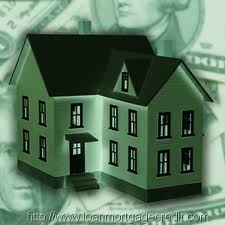
(CNBC NEWS) -- The average rate on the 30-year fixed mortgage is up about a half a percentage point since the middle of February, when they hit a record low. Mortgage refinances, however, dropped 24 percent in the same period of time.
That's a huge reaction to a small move from a record low.
"Rates have been there (3.75 percent) for so long that most everybody who could benefit from lower rates has applied," says mortgage analyst Mark Hanson. "Now, when rates pop up over 4 percent, it chokes off refi activity, which is sad. 5 percent rates in the U.S. are now prohibitively high."
Again, a little perspective here. Mortgage rates, spurred by government intervention in the market, of course, are still incredibly low. The problem is that the refinance business has changed fundamentally. This from analyst Barry Eisbruck:
"There used to be a product called cash out refinancing. Those quarterly refinancing numbers are amazing from 2003 vs. 2011. In 2003 you had 4.3T of total mortgage volume, 3T in cash out/refinancing and 1.3T in purchase origination. In 2011 it was around 1.3T of total mortgage volume, 75-80 percent of that was refinancing, so probably around 300-400B of purchase origination. These numbers are happening with record low rates and home prices at 1Q2003 levels."
Here's another strange point: In the fourth quarter of 2011, mortgages were cheaper than they've ever been, and yet refinancing was lower than the previous year, when rates were much higher. It all leads to the question: have refis run out?
"The decline in the Refinance Index this week was driven largely by a 12.0 percent drop in government refinance activity, while conventional refinance applications fell by less, decreasing 3.4 percent from the previous week," according to today's mortgage applications report from the Mortgage Bankers Association.



